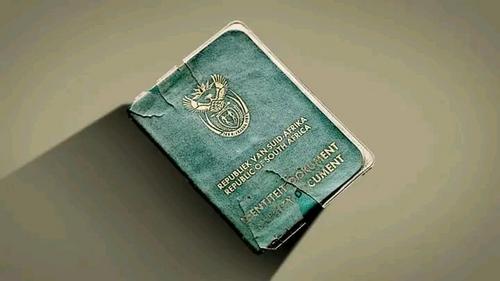News
Green ID Books Falling Behind: Can South Africa’s Smart ID Card Drive Catch Up?

Green ID Books Still Dominate as Smart ID Rollout Stalls
For millions of South Africans, the familiar green ID book remains a daily reality, even as the government urges citizens to switch to the more secure smart ID card. While campaigns promoting the digital alternative have been loud and persistent, the rollout itself has slowed, raising questions about whether the Department of Home Affairs can finally retire the outdated green ID.
Recent figures from the Government Printing Works (GPW) reveal that only 1,259,000 smart ID cards were issued in the first half of the 2026 financial year, a sharp drop from 1,679,238 in the same period last year. That’s a 25% decrease, meaning the department is barely on track to meet its annual target of 2.5 million cardsfar below the record 3.6 million issued in 2025.
Why the Slowdown Matters
The green ID book has long been a magnet for fraud and corruption. Manual processes make it easier for unscrupulous officials to manipulate or issue fake IDs, leaving the country vulnerable to identity theft. The smart ID card was designed to fix this. Equipped with a chip and verified through biometric data, it is significantly harder to forge.
But a critical bottleneck remains: many Home Affairs offices still lack the necessary live capture systemsfingerprint scanners and camera boothsfor processing smart IDs. Twelve years after the card was introduced, about a third of the country’s 348 offices are still unequipped. Meanwhile, millions of green ID books continue to circulate. At the start of the 2026 financial year, roughly 18 million were still in use.
Banks Step In: A Digital Lifeline
One of the Department’s most promising initiatives has been the eHomeAffairs pilot, which allows biometrics capture and document collection at bank branches. While this has been positively received, slot availability remains a major headache. Applicants often find themselves repeatedly refreshing online portals, hoping for a morning slot to open. Some branches are fully booked up to a month in advance.
Since taking office in July 2024, Home Affairs Minister Leon Schreiber has prioritized a digital-first strategy aimed at easing access and reducing queues. Part of this involves expanding the number of bank branches that can handle smart ID and passport applications. Nine banks have signed partnership agreements with the department to deploy their own staff and systems for processing.
An application programming interface (API) is in development to integrate bank systems with Home Affairs’ backend. Testing is slated for late November 2025, with a public pilot expected in early 2026. By then, more than 150 bank branches should be able to capture and verify applicant data, potentially turbocharging the smart ID rollout.
What This Means for South Africans
If the bank-based program succeeds, the pace of smart ID card issuance could match or even surpass 2025 levels. For citizens, it promises faster service and greater security. For fraudsters, it could finally close one of their most exploited loopholes.
Until then, however, millions of South Africans will remain dependent on the green ID bookan aging system in need of urgent replacement. The coming months will reveal whether the government’s digital-first push can finally turn the tide.
{Source: My Broad Band}
Follow Joburg ETC on Facebook, Twitter , TikTok and Instagram
For more News in Johannesburg, visit joburgetc.com



























